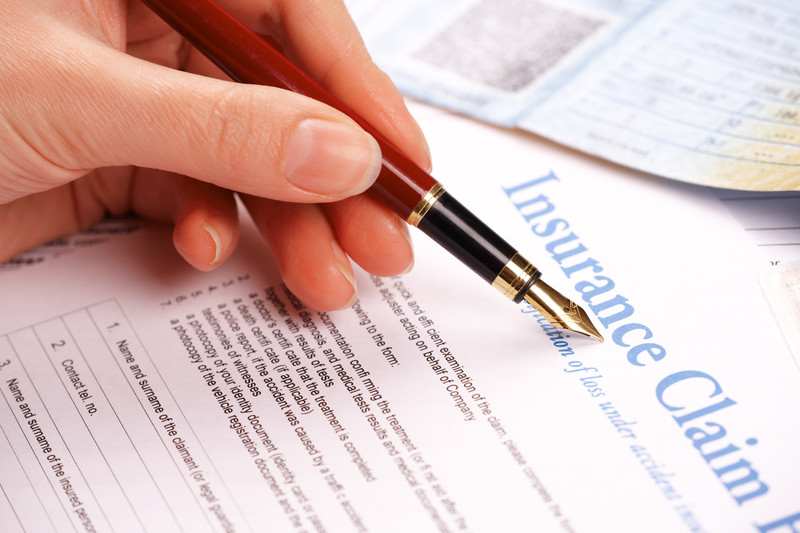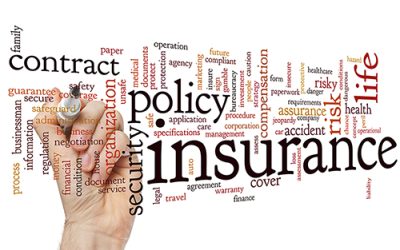Business transcription services for adjusters cover documentation of interviews with individuals involved in a claim, medical and legal professionals, and other experts. Content transcribed may also include discussions with witnesses, insurance claims statements, theft and property damage reports, field notes, fraud investigation reports, meetings, and dictations by insurance experts working on a case.

- Ensure detailed notes: All calls, meetings, phone calls, interviews, inspections and investigations should be included in the claim. Logging all notes is crucial to determine negligence, detect fraud, and support future investigations. Detailed notes allow adjusters to make informed and correct decisions based on the information and ensure efficient claims processing.
- Maintain clear and concise documentation: This implies that the documentation should be to the point, without any unwanted details or verbiage. Wordy, complicated statements should be avoided so that the documentation is easily understood. At the same time, it should include all the claims data needed for a lawsuit.
- Harness modern technology for documentation: With modern software technology being much more mature, insurers have the ability to integrate applications for live call monitoring and recording. Modern systems can exploit all of the newer capabilities while resolving present day challenges. For instance, modern claims system will activate a prompt to save all phone calls, emails, messages, and other records. Claim professionals can also make use of digital transcription services to transcribe calls and other recordings.
- Include dates on all photos: Photos provide visual proof to support claims by illustrating the scope and extent of the damage. All photos should include the dates on which they were taken. A Claims Journal report recommends making use of the video option on cameras for sound recordings that can be included in the file.
- Update documentation training: According a report published by Allianz Global Corporate & Specialty (AGCS), large liability claims are becoming more expensive and complex and global. Adjusters must understand the work and the processes and be knowledgeable about the latest claim documentation techniques.
- Take advantage of data analytics: With the increasing volume of claims to handle, adjusters will find it time consuming to go through all the insurance claims data to evaluate each claim. They cannot make the best decision if they miss a critical piece of information. According to www.sas.com, big data analytics has an important role in the insurance business. Analytics can help adjusters flag claims for closer inspection, prioritization, and more.
- Notes should be based only on facts and not emotions: The Claims Journal article says that notes should be based on only what the client said, that is, factual information. Assumptions and opinion based statements should not be included in notes unless the client actually made them.
- Ensure security: According to the Technology Services Group, security is paramount for insurance documentation. Measures specific to insurance claims documentation include:
- Stringent enforcement of user ID and password standards
- Enforcement of IP address checks and other measures to prevent external access
- Notification when new devices attempt access the first time and blocking without email or cell phone confirmation
- Document encryption at rest as well as metadata
- Redaction of confidential information from documents (such as Social Security Number, etc.)
- Security roles in the repository with access restrictions to certain documents or un-redacted documents
- Conduct documentation audits: This is important to ensure adherence to best practices. Conducting audits and making corrections will make staff follow proper documentation procedures for each claim. Regular quality assurance inspections track adjusters’ performance and also help to improve workflow processes. Experts recommend that internal audits should be implemented before files are moved to a new department.
- Explain clearly how the conclusion was reached: Insurers need to provide proper evidence for denying claims as well as granting of coverage. Claims professionals must investigate the claim thoroughly and document how they arrived at the conclusion. Lack of proper notes to clearly explain how coverage was decided can lead to loss of trust and insurance bad faith accusations.
Last but not least, avoid spelling errors. Linguistic errors, errors of transcription and spelling mistakes in a document can change its meaning. Checking notes will ensure accuracy. Having good documentation skills is essential for claim professionals. When it comes to documentation of audio and video recordings, partnering with an expert can ensure error-free insurance transcription.



